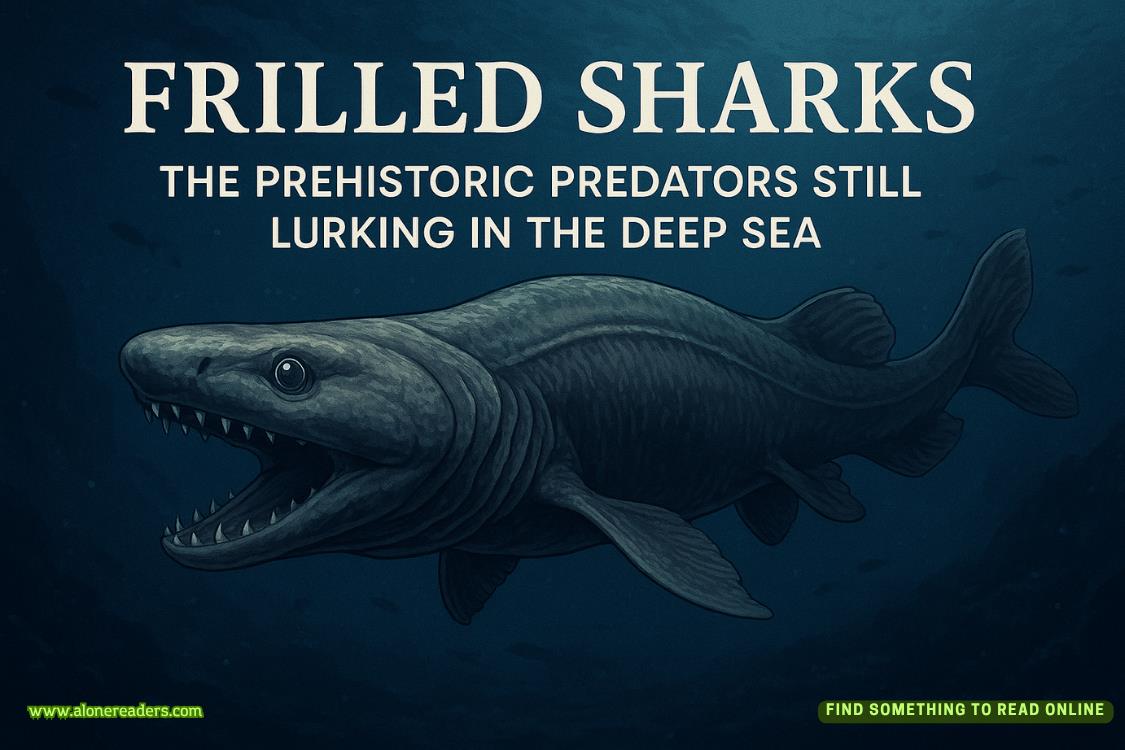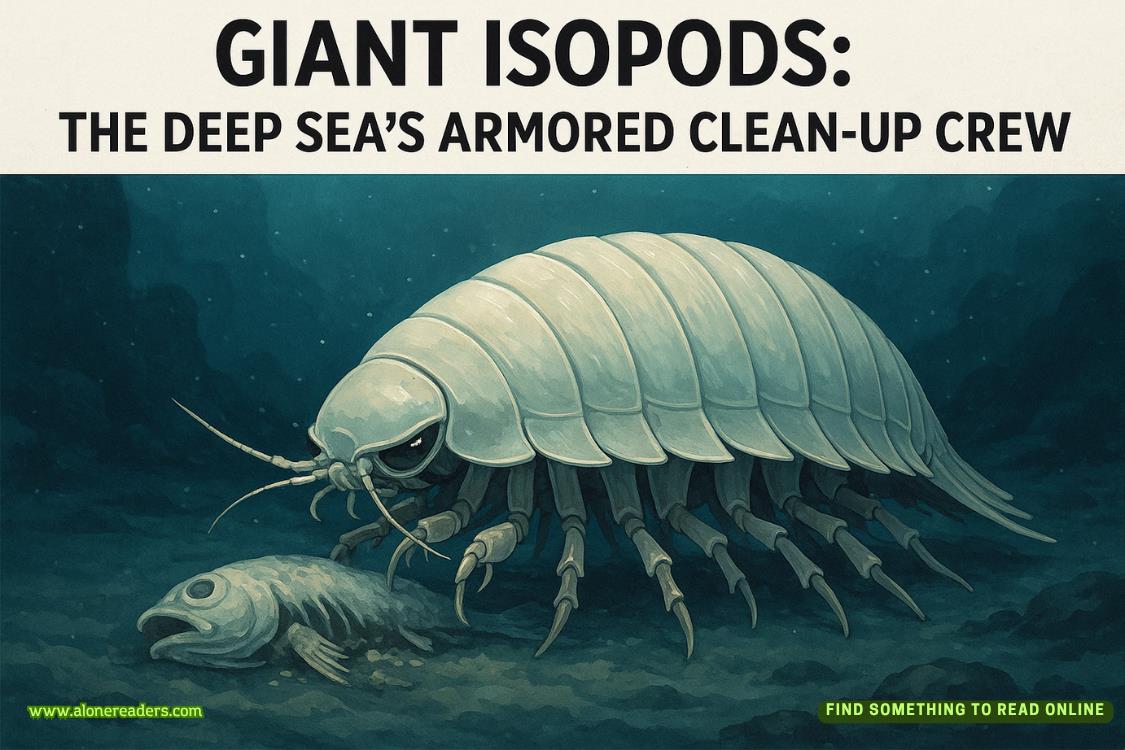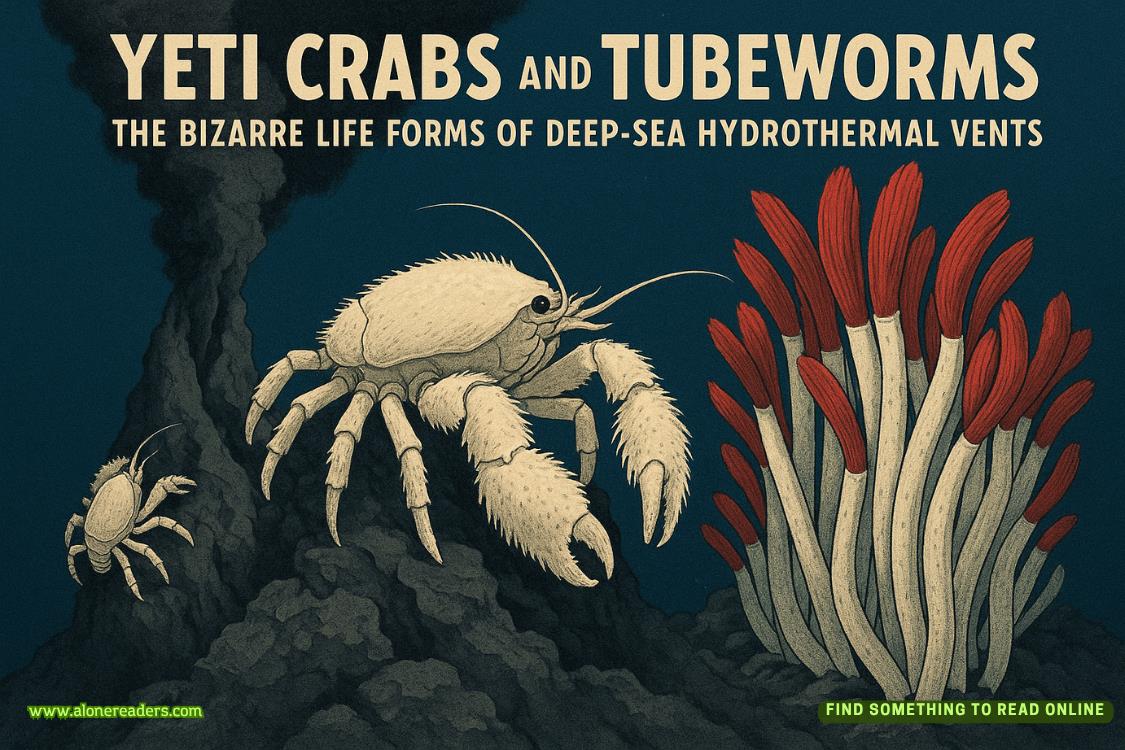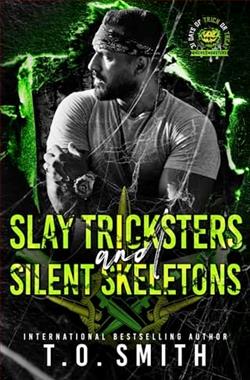Page 49 of The Texas Murders
I ask him if there’s any word on Marta Rivera.
“No,” he says. “But if that’s the car we’re looking for, she might be in Phoenix.”
He surprises me again by asking if we’ve discovered anything of interest on our trip.
“Well, we’ve got four feathers now. All from victims who went missing on the solstice. One year apart.”
“About that,” he says, “there’s something I need to tell you.”
He starts to explain that he asked the lab to bump the feathers in favor of evidence from the raid. I tell him that I already know and—now it’s my turn to surprise myself—I tell him that I understand. I’m thankful for Carlos advising me to proceed with caution. If I’d let Ryan have it two days ago, I doubt he’d be asking us to go to Phoenix right now.
“Now that you’ve got all four,” Ryan says, “maybe we’ll see if we can squeeze them back to the top of the list.”
I thank him and hang up the phone, thoroughly flabbergasted.
“Wonders never cease, I guess,” I say.
“What happened?” Ava asks, taking another sip from her lemonade.
“Got a lead on Marta Rivera’s kidnapper,” I say. “We’re going to Phoenix.”
CHAPTER 41
DRIVING FROM THE mountains to the desert, we drop almost six thousand feet in elevation. As we get closer to the Phoenix metropolitan area, the landscape sprouts ten- and twenty-foot saguaro cacti, which stand in the sunlight on practically every hillside in sight. There are hundreds of them, beautiful and statuesque, with their arms reaching up like strange humanoid aliens.
Then the roadway flattens out, and we begin the long journey through a metro area that seems even more sprawling than El Paso and Juárez put together. The address Ryan gave me is actually in Tempe, but the cities here—Scottsdale, Mesa, Chandler, Glendale—all bleed together into one endless collection of neighborhoods and strip malls, with the occasional brown hill rising from the flat landscape to break up the monotony. The roads are lined with palm trees, and every person we see is wearing as little clothes as possible:flip-flops, short shorts, tank tops. I check the weather app on my phone and see that it’s 111 degrees outside.
We drive past Sun Devil Stadium and the big brown hill with Arizona State’s signature yellowAon the side, then pull into an apartment complex, which looks like mostly student housing judging by the age of the people walking around. A Tempe Police Department car is parked in the lot, blocking in an old Honda Civic.
When we step out of the air-conditioned car, the heat is suffocating.
The officers introduce themselves and say that they were told to keep an eye on the vehicle until we got there. After we’ve had our look, they’ll call to have it impounded. If it’s the car we’re looking for, the FBI will want it taken to a crime lab in Phoenix, where they can tear it apart, looking for evidence.
“A tenant reported the car,” one of the officers explains. “All the parking spots are assigned to apartments. The tenant ignored it for a couple of days before leaving a note under the windshield wiper explaining that this was her parking spot, but the car never moved.”
“The keys were in it,” the other officer adds. “I bet he was hoping someone would steal it.”
The officers say that they’ve already done a preliminary dusting for fingerprints on the driver’s side door, steering wheel, and gearshift. They’re waiting on the results, and lab technicians will be more thorough later. But if I can ID the car now, that will tell them how important it might be.
Ryan texted me a few images of the car Carpenter wasdriving. The pictures—screenshots taken from the security footage—aren’t very clear, but I do my best to look back and forth between the images and the vehicle. The color is right. The year and make and model all look right, as far as I can tell. The car in the pictures had a sticker in the upper corner of the windshield, like the kind you get after an oil change, and sure enough this car has a small Jiffy Lube decal in the same location. The car in the photo also had a bumper sticker, although it’s impossible to tell what it said. This car has a sticker in the same spot that says,DOYOUFOLLOWJESUSTHISCLOSE?
I ask to see inside, and, without touching anything, I lean in to look around. I can’t see much that would help me determine if this is the correct car. It’s practically empty inside, the exception being a brochure folded and wedged into the cup holder advertising a massage parlor in Scottsdale.
Sweat is rolling down my body inside my shirt, but I’m determined to be thorough about this, regardless of the heat.
I ask if the officers have looked in the trunk. They haven’t. As one reaches to unlock it, I have a fear that we’re going to find Marta Rivera in there, her body stinking and bloated from the heat.
As the lid pops open, I’m relieved to see that the trunk is empty.
Ava and I lean down to scrutinize the interior, and Ava is the first to spot a hair caught in the trunk carpeting, barely visible in the harsh sunlight. We leave it where it is, but look at it carefully, trying to discern its length and color. The color is dark—not just brown, but black. Just like the hair of thegirl in the picture Ava showed us when we first arrived at the Tigua Tribal Police Station. The strand is at least two feet, which is very long, even for a woman.
“Do you know how long Marta Rivera’s hair is?” I ask Ava.
“Almost down to her butt,” she tells me. “That’s the way her parents described it.”
I reach for my phone to call Ryan, but Ava stops me, bringing my attention to something else. The underside of the trunk lid, sticking up almost vertically into the air, is smeared in a way that’s barely visible. I don’t see them at first, but when I step to the side, to look at a different angle, it’s clear that there are dozens of fingerprints inside, stretching from one side of the trunk lid to the other. Someone inside put fingerprints all over the interior.
In fact, the smudges form a pattern.















